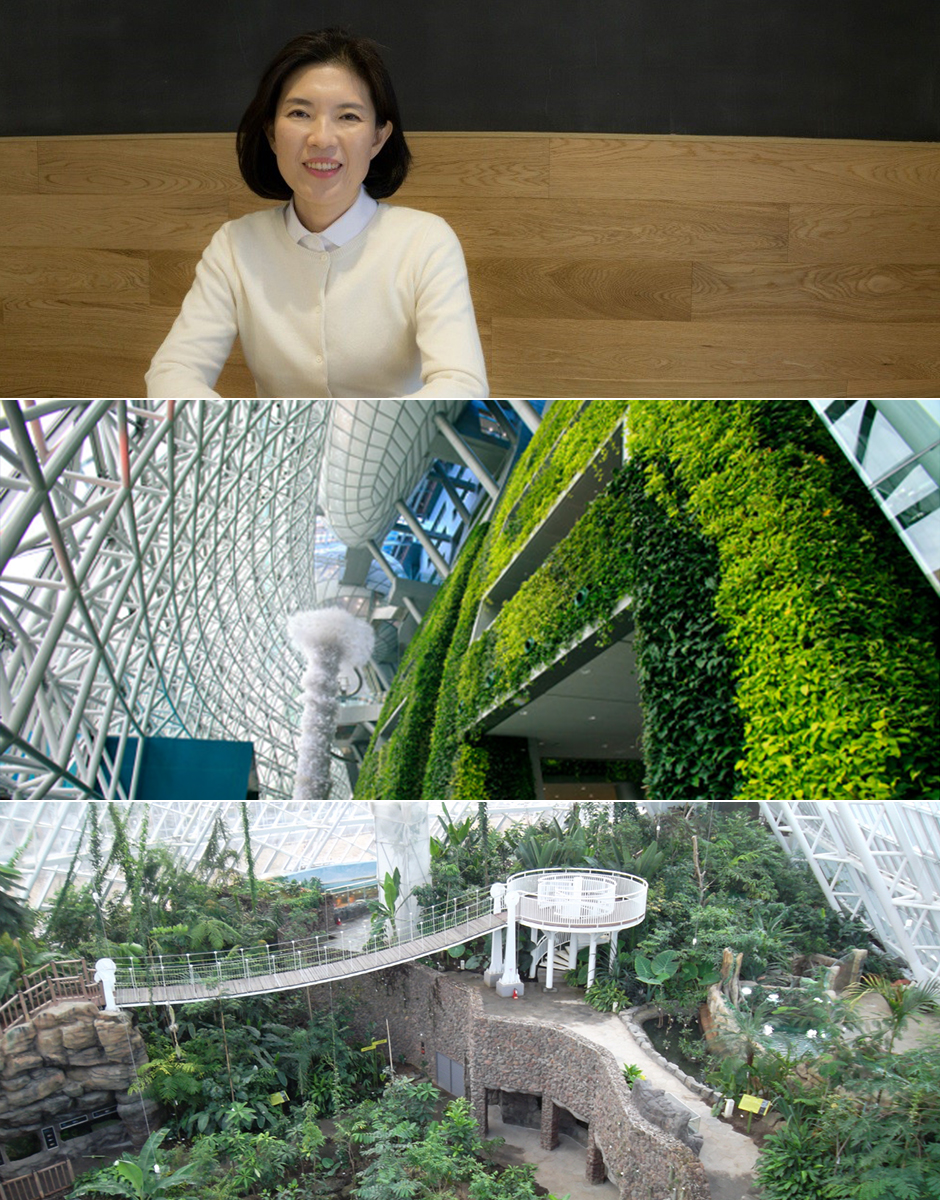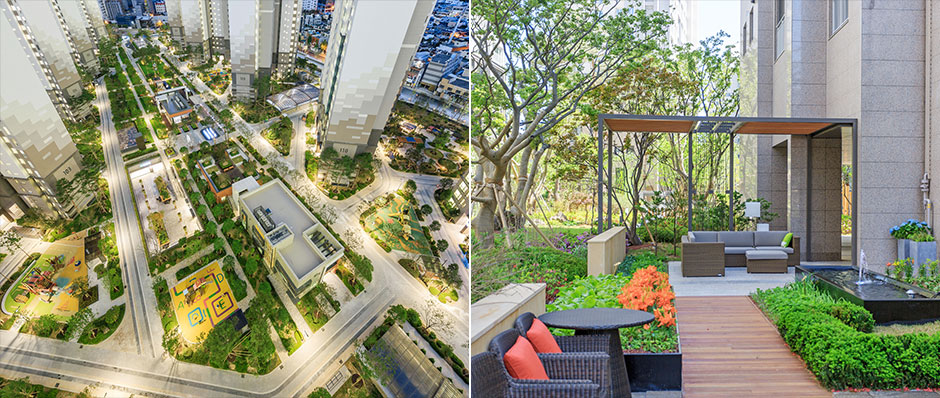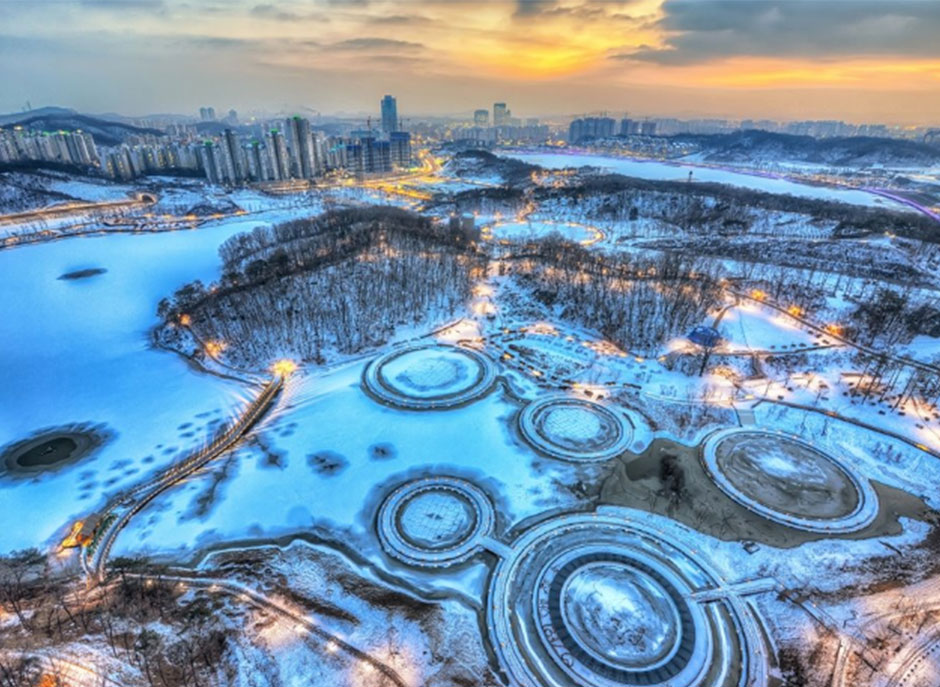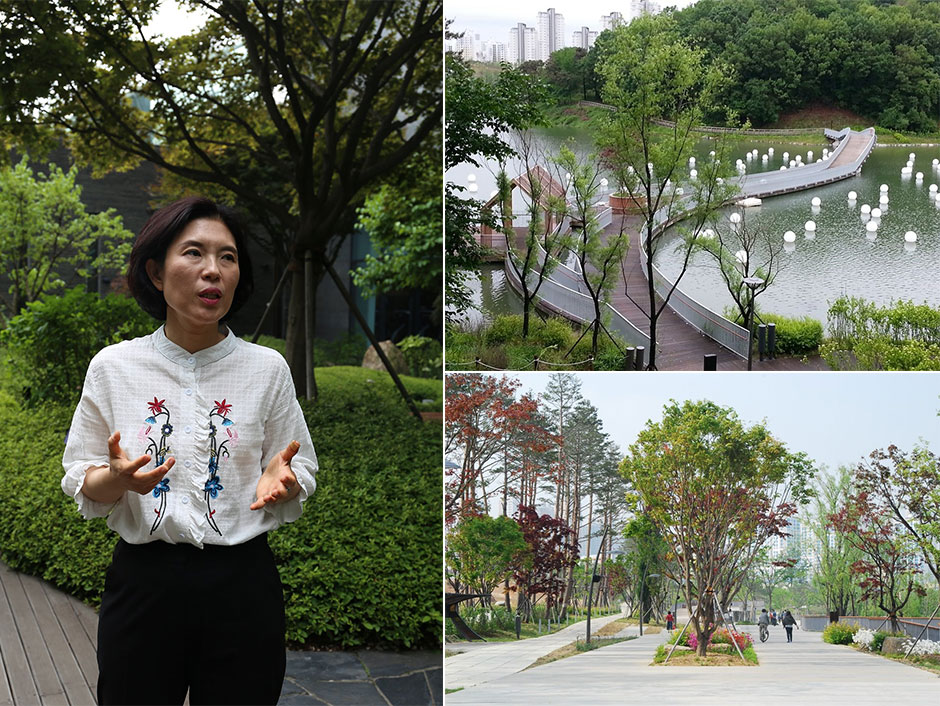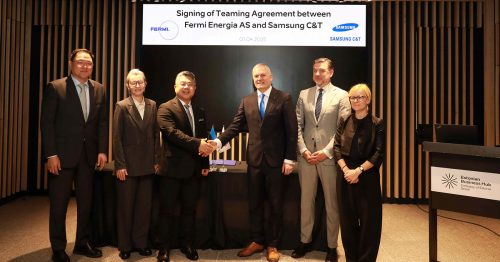As urban areas continue to grow and sustainability dominates policy making, there is now a recognition that landscape architecture offers much more than aesthetic value. Aside from beautifying our cities, countless research have shown that urban green spaces can also bring people from different backgrounds together and enhance our psychological and physical wellbeing.
The dramatic transformation of neighborhoods surrounding Highland Park in New York as well as countless other similar urban regeneration projects remind us of urban architecture’s power as catalysts of economic change. As a matter of fact, in the US, the demand for landscape architects is expected to increase by 6% between 2016 to 2026.
A Growing Profession
Urban parks and gardens don’t just flourish naturally. They are instead meticulous creations by landscape architects.
“Landscape architecture is about much more than planting trees and flowers in the yard” says You-jeong Park, director of Samsung C&T’s Civil/Landscape Group. “It is a discipline that combines the arts and sciences to create artificial green spaces.”
For over two decades, Park has helped Samsung C&T build gardens and parks of all sizes. Aside from designing innovative green spaces, she also spends much of her time on site fine-tuning and monitoring construction projects.
“As a landscape architect, I need to work with other construction teams to make sure our landscape designs bring coherence to the projects.”
Spaces of Joy
Creating shared spaces which appeal to everyone is a fundamental principle which Park applies to all Samsung C&T projects.
“If works of art are intended to be appreciated by a select few, landscaping is intended to bring joy to the masses,” she says.
To ensure their designs hit the right note with consumers, Park and her team conduct regular trend surveys and apply their findings to new projects.
“People today are looking for moments of ordinary joy, such as coming home to a beautiful garden, and being able to sit somewhere peaceful and converse with neighbors. We try to incorporate these emotions in our designs to create intimate spaces,” she says.
When Nature and Culture Collide
Since her appointment as the head of Samsung C&T’s landscape division in 2010, Park has overseen numerous prize-winning projects, including parks at the Athlete Center in Jincheon and the Green Wall at Seoul City Hall. But there’s one project which holds a special place in her heart.
Centered around Won-cheon Lake and Sin-dae Lake in Suwon, Gwangyo Lake Park is the largest lake park in Korea, which recently won an honorable mention for flood and water management at this year’s AAPME Awards. Originally the site of a reservoir, the urban oasis is composed of seven distinctive ecological zones, each offering residents at nearby housing estates easy access to nature for leisure activities.
Park says her team utilized innovative techniques to preserve the contours of the original landscape. Their creative use of footpaths and bicycle lanes to provide access throughout the park also ensures local flora and fauna can thrive in tandem with humans. And by weaving local history, culture and memories in their design, the project also helped strengthen the connection between local residents and the environment.
“During construction, an elderly resident told us he was happy to see new hedges and woods around the lake he’s been skating on since he was young,” she says.
“This episode reminds me that as landscape architects, we don’t have the right to bulldoze everything away and wipe the slate clean no matter what we intend to replace it with. We have to be aware of the significance a place has in the hearts and minds of local residents and do our very best to preserve that connection.”
Keep It Green
No matter the size of the project, Park says she is proud that her work enhances the living environment for people.
“Landscapes have the ability to imbue positive energy in people,” she says. “I hope to continue creating spaces for people to rejuvenate and discover simple pleasures.”


